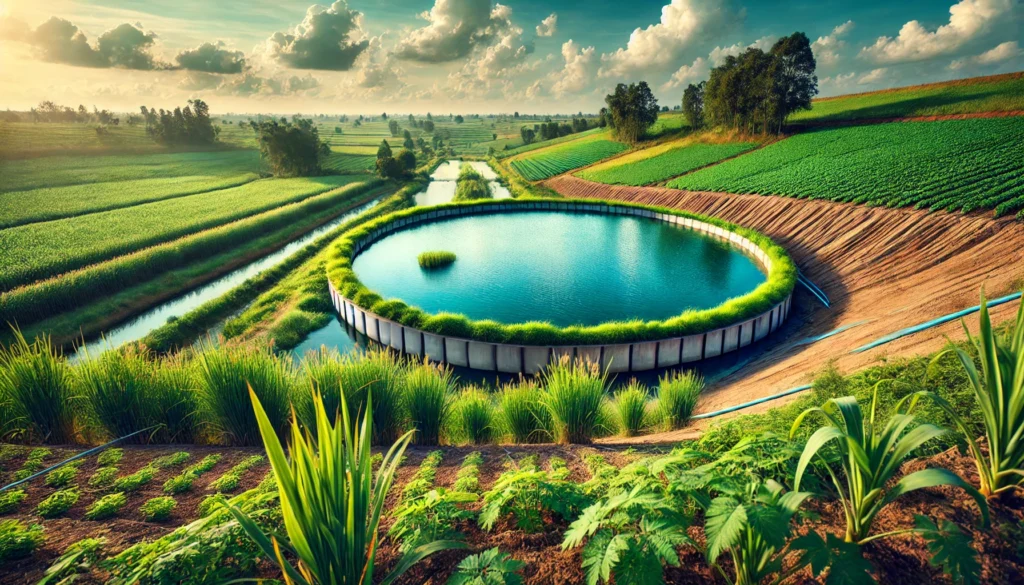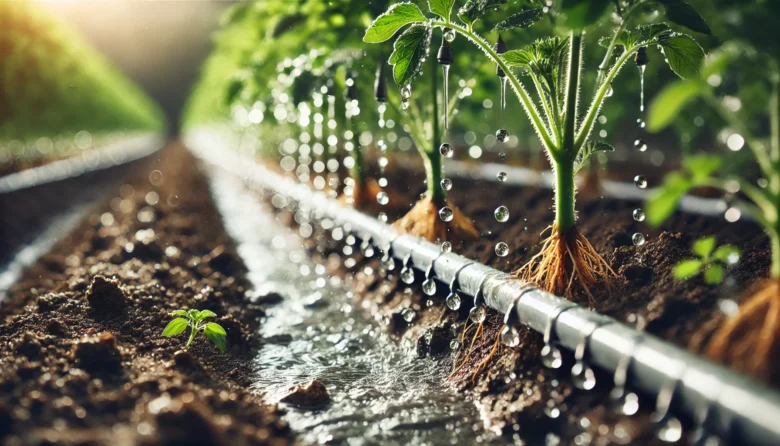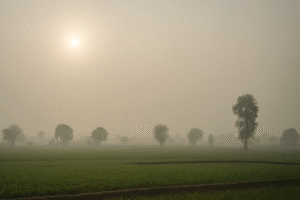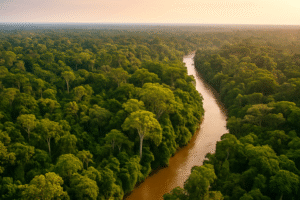Did you know that agriculture uses around 70% of the world’s freshwater supply?
Sustainable farming techniques are becoming increasingly important as we work to conserve water and protect our planet’s vital resources. In this blog, we’ll dive into some innovative, eco-friendly ways that farmers are conserving water, helping to ensure food security while reducing environmental impact.
Why Is Sustainable Farming for Water Conservation Important?
The increasing scarcity of water is a worldwide challenge, affecting people, economies, and natural habitats alike. In agriculture, water is a critical resource, but traditional farming methods often lead to waste through inefficient irrigation, runoff, and evaporation. Sustainable farming techniques help conserve water, making it available for other essential uses and ensuring that future generations will be able to farm and feed the world.
Let’s explore some effective and widely practised sustainable farming techniques that conserve water without sacrificing crop yield or soil health.
Drip Irrigation: Precision and Efficiency in Watering
One of the most widely adopted water-saving methods, drip irrigation, involves delivering water directly to the root zone of plants through a network of pipes and emitters. This method is remarkably efficient, minimizing water loss due to evaporation and runoff.
Example: In India, many farmers in drought-prone areas like Maharashtra have adopted drip irrigation systems, resulting in increased crop yields and reduced water usage by up to 60%. Drip irrigation also allows farmers to add nutrients directly to the water, optimizing plant growth while saving resources.

Rainwater Harvesting: Harnessing Nature’s Gift
Rainwater harvesting involves collecting and storing rainwater for agricultural use. This technique can help farmers rely less on groundwater and other water sources, which may be overused or contaminated.
Case Study: The International Crops Research Institute for the Semi-Arid Tropics (ICRISAT) initiated rainwater harvesting programs in Telangana, India. By constructing water-harvesting structures like farm ponds and check dams, they helped farmers improve water availability for irrigation, even during dry spells.
Mulching: A Natural Solution for Water Retention
Mulching is the practice of covering soil with organic materials like straw, leaves, or crop residues. This layer helps to retain soil moisture, reduce evaporation, and protect against soil erosion.
Practical Application: Organic farmers often use mulch to conserve water while suppressing weeds. Mulching also enriches the soil as it decomposes, improving soil health and reducing the need for chemical fertilizers.
Crop Rotation and Diversity: Building Resilience and Reducing Water Needs
Crop rotation and intercropping (planting multiple crops together) promote soil health and reduce water demand. Different crops have different water and nutrient needs, so rotating them can prevent soil degradation and reduce overall water use.
Anecdote: Many Indian farmers who practice crop rotation report lower water requirements as well as improved soil fertility. For instance, alternating between deep-rooted crops like pigeon peas and shallow-rooted crops like wheat can minimize the water required for successive crops.
Conservation Tillage: Reducing Soil Disturbance
Conservation tillage refers to practices that reduce the frequency of soil disturbance, which helps retain soil moisture. Methods like no-till farming avoid traditional ploughing, which can disrupt soil structure and lead to moisture loss.
Success Story: In the U.S., companies like The Nature Conservancy promote no-till and minimum-till farming techniques to help farmers conserve water. This approach has been shown to reduce water requirements by up to 30% while increasing carbon storage in the soil, benefiting both crops and the environment.
Use of Drought-Resistant Crops: Adapting to Water-Scarce Conditions
Drought-resistant crops, specifically bred to withstand dry conditions, can thrive on less water. These crops include drought-tolerant varieties of maize, rice, and sorghum, which require less water than conventional crops.
Example: The Indian Council of Agricultural Research (ICAR) has developed and distributed drought-resistant crop varieties across India, especially in areas that face frequent droughts. This has enabled farmers to maintain crop production even in challenging climates.
Agroforestry: Blending Trees with Crops for Sustainable Water Use
Agroforestry involves integrating trees with crops or livestock. Trees help to conserve water by providing shade, reducing evaporation, and improving soil moisture retention. They also help prevent soil erosion, support biodiversity, and, in some cases, improve yields.
Case Study: In Africa, initiatives like the Great Green Wall project, which aims to restore 100 million hectares of degraded land, use agroforestry to improve soil moisture, increase food security, and fight desertification.
Conclusion: Shaping the Future of Farming
The journey towards sustainable farming for water conservation is about more than just saving water—it’s about creating a resilient, sustainable food system for generations to come. These techniques, from drip irrigation to agroforestry, demonstrate the incredible potential of innovative, eco-friendly agricultural practices. For farmers, adopting these methods can mean better yields, reduced costs, and an improved environment.
Call to Action: If these techniques inspire you, consider exploring sustainable farming practices further, whether you’re a farmer, consumer, or advocate. Together, we can make a difference by supporting water-conscious farming and ensuring that every drop counts.
Author’s Note:
With a strong commitment to sustainable agriculture, I am convinced that every action we take to save water in farming can create a meaningful, lasting change for our planet. I hope this blog sparks curiosity and encourages you to learn more about the ways we can protect our planet’s precious resources.
G.C., Ecosociosphere contributor.
References and Further Reading:
- Liniger, H., & Critchley, W. (2016). Where the land is greener: Case-studies and analysis of soil and water conservation initiatives worldwide. https://core.ac.uk/download/132685911.pdf
- Storage tank | Justeverything. https://www.justeverything.net/blog/category/-storage-tank
- Digital Tools Paving the Way for a Better Future. https://www.cgiar.org/news-events/news/digital-tools-paving-way-better-future/
- What Is The Difference Between Permaculture And Regenerative Agriculture | Chicago Land Gardening. https://chicagolandgardening.com/gardening-tips-and-tricks/eco-friendly-gardening/what-is-the-difference-between-permaculture-and-regenerative-agriculture/
- Polycultures | TABLE Debates. https://www.tabledebates.org/glossary/polycultures
- . Technology Assessment in a Globalized World. https://doi.org/10.1007/978-3-031-10617-0
- The Role of Trees in Soil Fertility and Nutrient Cycling – Citi Landscape Supplies. https://www.citilandscapesupplies.co.nz/blogs/news/the-role-of-trees-in-soil-fertility-and-nutrient-cycling
- You Plant Trees — Condopreneur. https://condopreneur.com/pages/you-plant-trees
- COP15 in Ivory Coast: fighting desertification brings together 196 countries in Abidjan | Afro impact. https://www.afro-impact.com/en/cop15-in-cote-divoire-fighting-desertification-brings-together-196-countries-in-abidjan-afro-impact/




